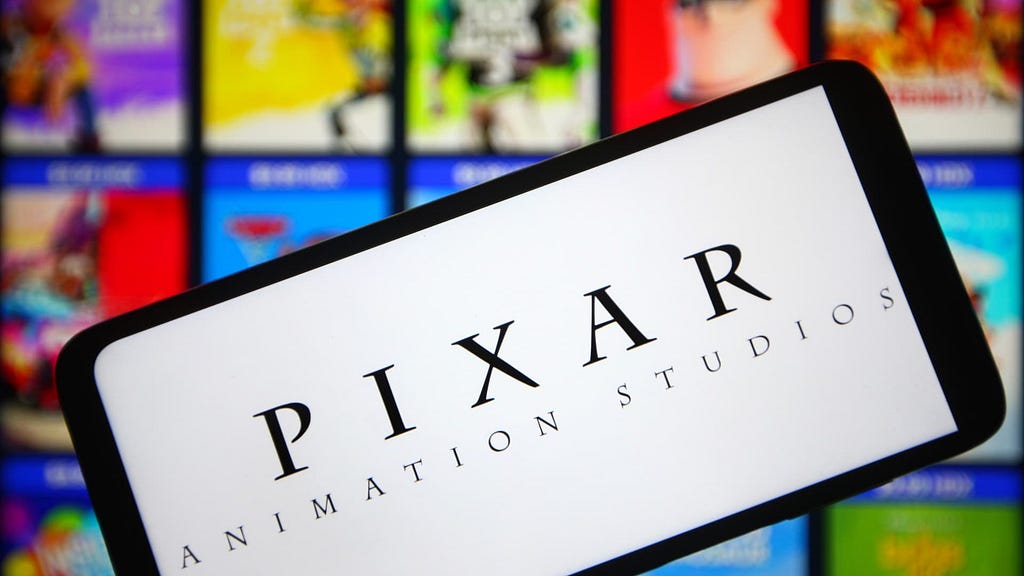
The struggle is real, we simply can’t escape companies constantly bombarding us with digital experiences everywhere on the internet via websites and apps on our phones, watches, computers, VR headsets — download this! sign up here! join for free!
At last count, there are approximately 1.13 billion websites and 9 million mobile apps in existence!

There are websites and apps for just about everything you can imagine, from games & entertainment, to shopping, healthcare, news, utilities, and many others.
They power our digital lives, while also interrupting and invading our real lives. They fuel our relationships, careers, and buying decisions in unique and meaningful ways, whether we know it or not. But how many of these digital experiences really know you? Not just know your name and birthday, but they really connect with you on a deeper emotional level?
If you’re like me, it’s probably not many. I use most sites and apps because I have to, not necessarily because I want to. Not because the experience is truly compelling or memorable. It’s purely transactional.

As designers, your digital experiences need to not only survive — but thrive — amongst the billions of apps & websites competing for your customers’ attention. To do this, it’s critically important to carefully design and build an experience that captures the heart & soul of your customers. So how do we promote effective communication that acknowledges both the speaker and the listener? How do we foster deeper connections, tapping into your customers’ emotions, ambitions, and values?
The answer is simple: storytelling
The Power of Pixar’s Storytelling
The power of storytelling is an ancient and universal force that transcends cultures and spans generations, and “is the way knowledge and understanding have been passed down for millennia” notes the famous author & speaker Simon Sinek. It’s a fundamental aspect of human communication, weaving narratives that connect individuals and communities worldwide. We can trace the origins of storytelling back thousands of years to some of the earliest forms of human communication, from prehistoric cave paintings to oral traditions.
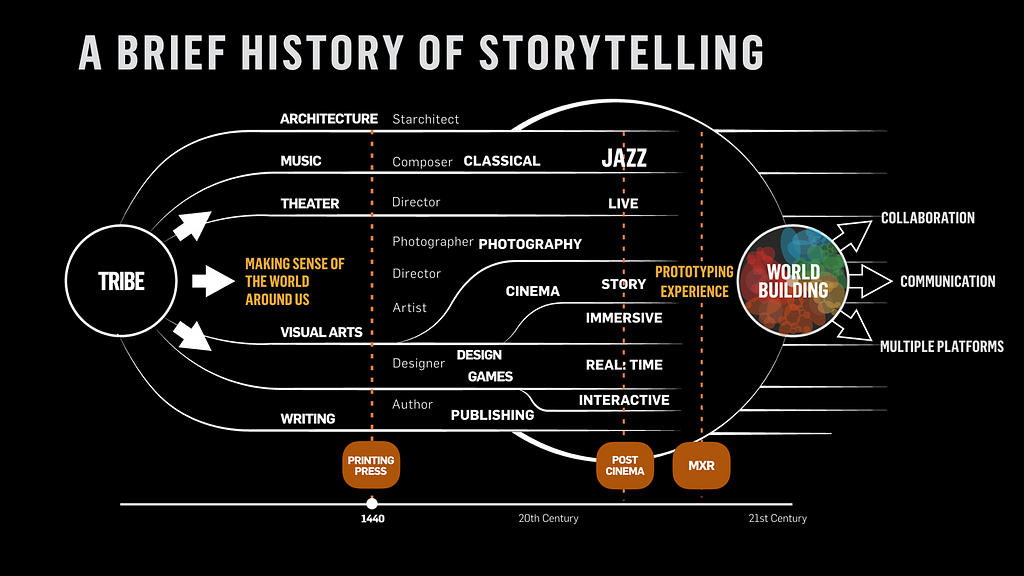
And over time they evolved through written literature, theater, and eventually film. Today, in the digital age, storytelling thrives in many diverse forms and continues to connect people all around the world. And there’s no greater medium than movies to tell the most compelling visual stories.
Enter Pixar Animation Studios.
Pixar started in 1979 as part of the Lucasfilm computer division. It was originally known as the Graphics Group before its spin-off as a separate company in 1986, with funding from Apple co-founder Steve Jobs who became its majority shareholder.

Pixar quickly rose to prominence as extraordinary storytellers, earning an impressive array of accolades with 18 Academy Awards, 10 Golden Globes, and 11 Grammys. Their cinematic brilliance goes beyond these awards, defined by the ability to craft narratives that resonate universally.
At the heart of Pixar’s storytelling power lies an unparalleled ability to tap into universal emotions, weaving tales that resonate on a profound level.
Their success can also be attributed to their commitment to storytelling excellence. Each film is not merely a showcase of their animation skills, but a carefully crafted narrative that explores the depths of human experience. Whether it’s the exploration of friendship in “Toy Story,” the celebration of family in “Finding Nemo,” or the examination of emotions in “Inside Out,” Pixar excels at exploring themes that touch the core of our humanity.

A key strength of Pixar’s storytelling is their ability to create compelling characters. From Woody and Buzz to Wall-E and Dory, Pixar characters are not just animated figures; they are vessels for emotions and relatable struggles.
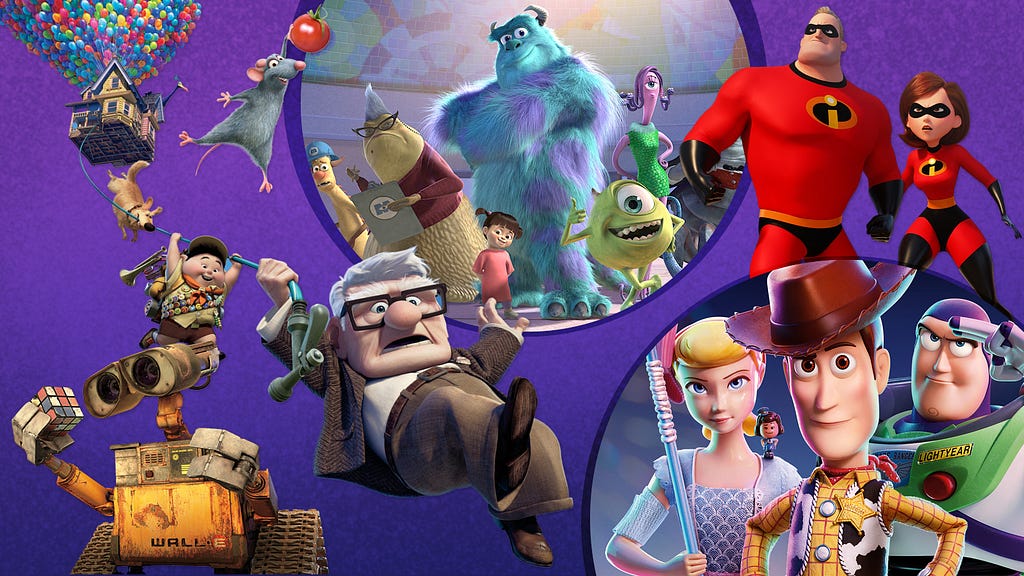
By defining these characters with authenticity and depth, Pixar fosters a profound connection between the audience and the animated world, making the storytelling experience emotionally resonant.
Pixar’s 6 Rules for Creating Powerful Stories
Pixar is at the pinnacle of storytelling prowess, delighting audiences of all ages with narratives that transcend the boundaries of animation. For designers who want embrace all of Pixar’s storytelling magic, I’ll walk you through Pixar’s 6 rules for creating powerful stories so you can apply them to your work…
RULE 1: GREAT STORIES ARE UNIVERSAL
The first rule is that the most epic stories are universal, where anyone can understand it and relate to it. Think about love stories, good vs evil, the underdog, and so on.
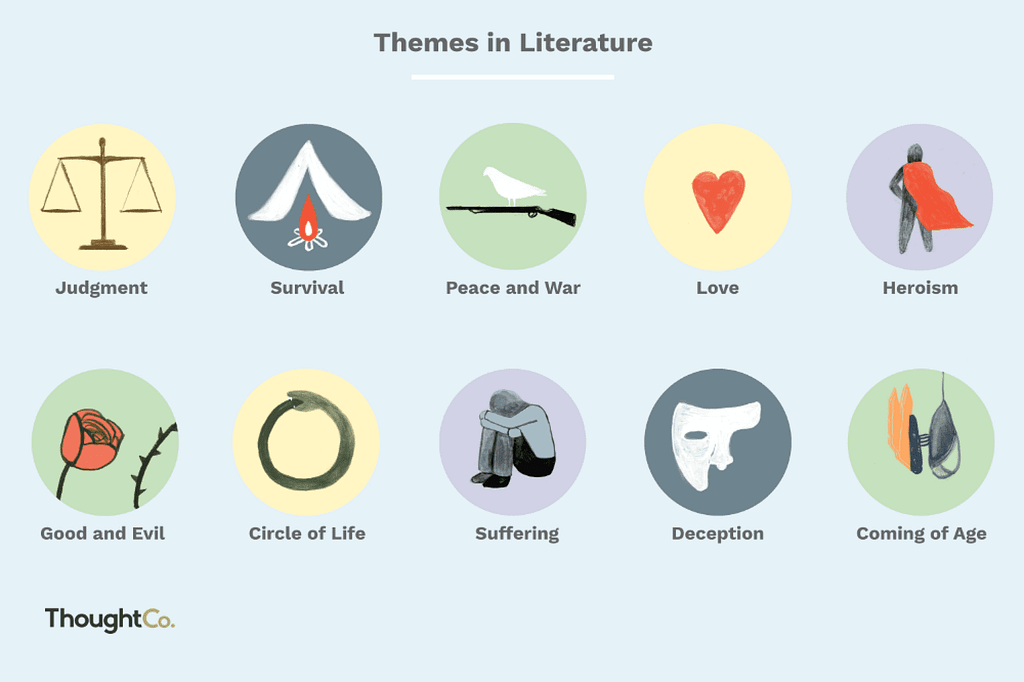
To best connect to your audience when you tell a story, write about an event in your life that made you feel a strong emotion. Because when you tell a story, you want to make sure the audience has that same feeling you had. This is where self-knowledge, awareness, and empathy are at the foundation of all great storytelling.
Karen Eber is an author and speaker around the power of storytelling, where she explains in her TEDx Talk the concept of neural coupling, and the unique power of storytelling in involving the audience:
“As the listener, your brain will light up exactly as mine does as the storyteller. It mirrors this activity as if you are actually experiencing these things. Storytelling gives you this artificial reality — if I talk to you about walking through the snow and with each step the snow is crunching under my shoes and big wet flakes are falling on my cheeks, your brains are now lighting up as if you are walking through the snow and experiencing these things. It’s why you can sit in an action movie and not be moving but your heart is racing as if you are the star on the screen.”
RULE 2: GREAT STORIES HAVE A CLEAR STRUCTURE AND PURPOSE
Story structure is a critical element to developing a succinct storyline, where Pixar has used their patented story framework to create most of the films that we know and love today:
Once upon a time, there was _____.
Every day, _____.
One day _____.
Because of that, _____.
Until finally _____.

And to ensure you have a solid purpose, Pixar’s writers answer these questions:
- Why must you tell THIS story?
- What’s the belief burning within you that your story feeds off of?
- What greater purpose does this serve? What does it teach?
The purpose is the heart of really great storytelling.
RULE 3: GREAT STORIES HAVE A CHARACTER TO ROOT FOR (AN UNDERDOG)
Believe it or not, people want to root for the main character.
And there’s nothing like a good underdog to hype up audiences!
It’s not a Pixar movie, but the movie Rudy is one of my all time favorites because he defies all odds to join the Notre Dame football team and all of his hard work pays off. And it’s a true story. How many of us can relate to working really hard to join a favorite sports team but come up short? Yeah, pretty much all of us.
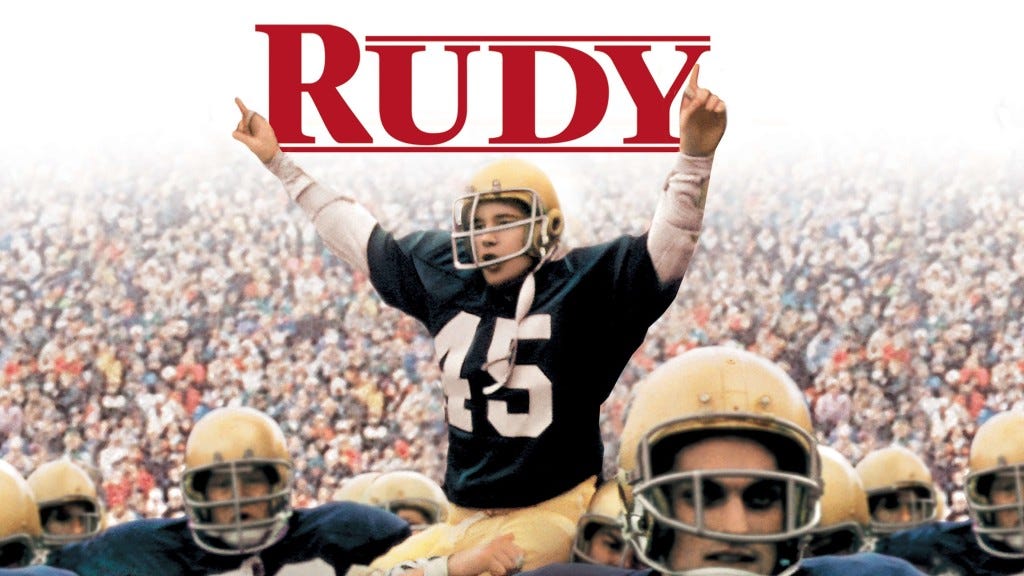
This might seem like common sense, but it’s an important consideration anytime you’re creating a story. When your character is battling against all odds, facing adversity, or their back is against the wall, then there’s a better chance that your audience will relate to it because they’ll see themselves in the character.
And that’s the makings of great story. Give the people an unexpected hero to root for.
RULE 4: GREAT STORIES APPEAL TO OUR DEEPEST EMOTIONS
Psychologists generally agree that there are six basic emotions: happiness, sadness, fear, disgust, anger, and surprise.
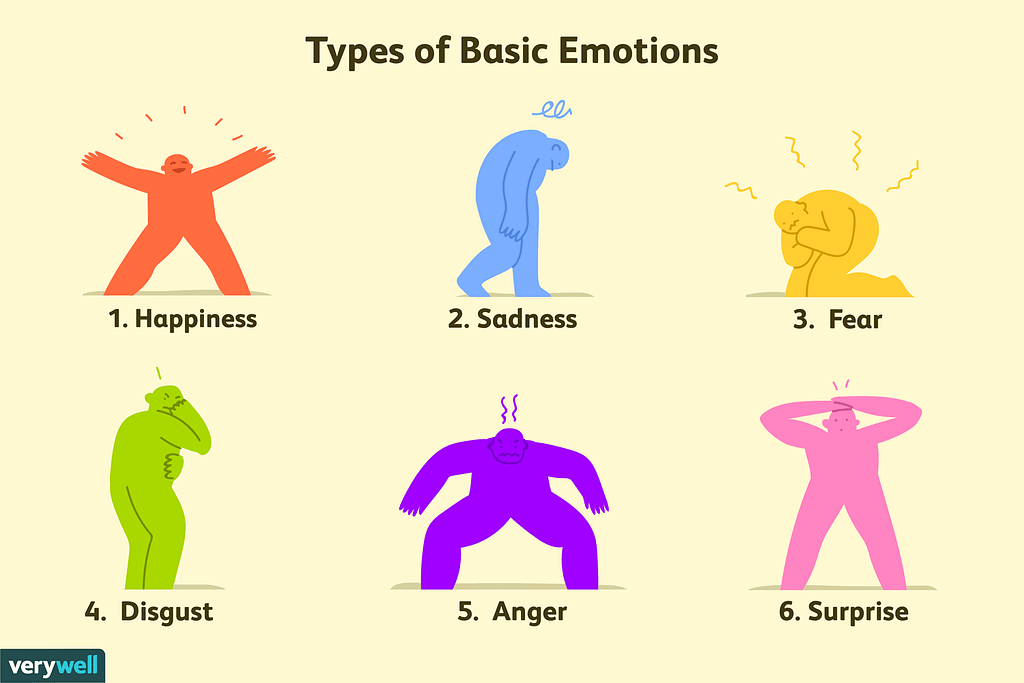
To better tap into this skill, you need to consciously recognize these various emotions in yourself, and then dig deeper to understand the “why” of your emotions. It helps me to journal my emotional journeys as I ask myself these 2 main questions:
- Why are you feeling a certain way?
- How might you take the “why” behind your emotions and tell a story?
The famous author & speaker Simon Sinek once said that “storytelling is part of what it is to be human. And the best stories share our values and beliefs. Those stories are powerful. Those stories inspire. Those stories are both the source of our WHY and the fuel that keeps our WHY alive.”
RULE 5: GREAT STORIES ARE SURPRISING AND UNEXPECTED
Surprising your audience in fun and unexpected ways is a must for a great story. And not just the classic fairytale storyline where prince charming saves the princess in need. You have to challenge yourself to dig deep and challenge or change common perceptions and stereotypes.
For example, another one of my favorite movies is Fight Club, where the ending is shocking to the audience in that Tyler Durden isn’t real and only exists in his mind. He’s been interacting with a figment of his imagination the whole movie!
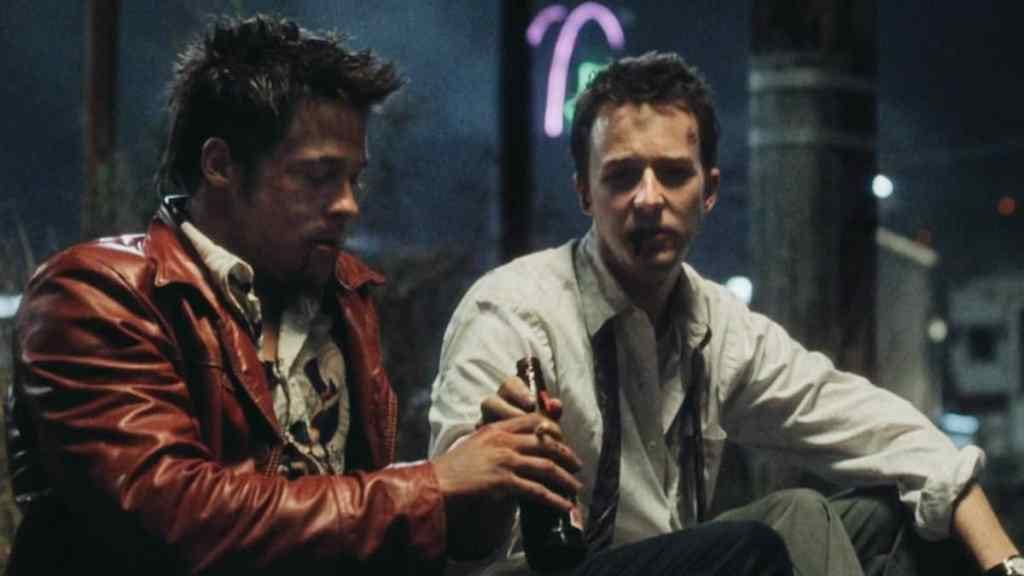
RULE 6: GREAT STORIES ARE SIMPLE AND FOCUSED
We the viewers know a good story when we see or hear one. I can remember way too many movies where I had to keep asking my wife what was happening in the plot, and my wife can tell you it wasn’t a great experience.
As storytellers, you’ll often find yourself adding more and more layers that don’t need to be there. Because as I mentioned in my post on why designing simple experiences is psychologically impossible, humans love complexity. This is called complexity bias, where our brains actually reward complexity.
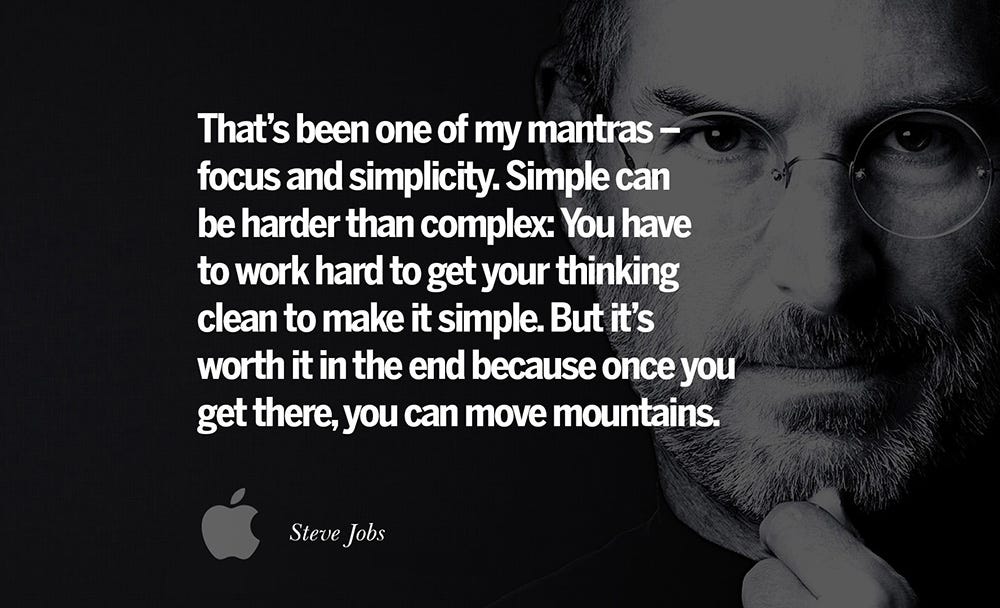
Pixar’s advice is to keep it simple and look to “combine characters and hop over detours.” Instead of packing the story full of characters plot twists and dialogue, we need to instead look to simplify, simplify, simplify.
How to Implement Storytelling in Design
Storytelling in design requires you to make your customer the hero and envision how they can overcome a specific problem using what you’ll offer them. Here’s the steps I recommend to implement a compelling story in your product design:
- Know your Customers — To create a compelling narrative around your product, I highly recommend that you conduct user research by immersing yourself in your customers’ world to understand their motivations, needs, problems, and the context in which they will interact with the product. It’s crucial to understand the journey your users will take when interacting with it. Consider their needs, emotions, and pain points at each stage of the journey. This understanding will help you identify opportunities to infuse storytelling elements into the design.
- Craft your Product Story — Every product has a unique story to tell, whether it’s the story of its creation, its intended purpose, or the problem it solves. Using your deep insights about your customers, develop a vision using Pixar’s 6 rules of storytelling that highlights your customer and product as the courageous heroes on an epic journey. Ensure it aligns with the brand identity and values. And much like Design Principles, this story will be the key to making the best design decisions.
- Design for Emotion along the User Journey — Designing for emotion along the user journey is essential for effective storytelling within product design. Consider mapping the sequence of actions your users will take on a journey map, and include the emotions you aim to evoke at each stage, and how symbolic elements and metaphors can reinforce the product’s story within the features/functionality. The goal is to let the narrative unfold naturally as users interact with the product, guiding them through a coherent and engaging journey from start to finish. One of my favorite ways to ensure that your product elicits positive emotions like joy, nostalgia, or curiosity is by incorporating sensory elements such as familiar patterns/imagery, texture, sound, and scent. This approach will create a meaningful and memorable storytelling experience for your customers, enhancing their love for your product.
- Iterate and Refine — Once you’ve deployed your product and it’s story, I recommend that you continuously iterate on the design based on user feedback and testing to ensure that the storytelling elements are effectively communicated and resonate with the target audience. Measure the impact of storytelling on user engagement, brand perception, and sales, and make adjustments as needed to enhance the effectiveness of the narrative.
CONCLUSION
The potency of a great story lies in its ability to inspire, invigorate, and establish an instantaneous connection. It has the remarkable ability to propel an audience into action, effecting tangible change and shaping lives in the process. And Pixar has redefined storytelling for generations to come by creating endearing characters and imaginative worlds.
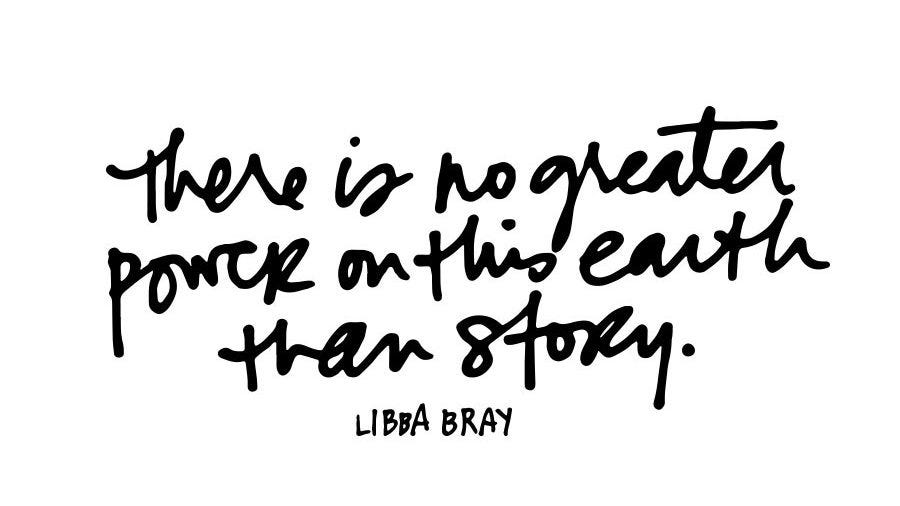
Unleashing the power of Pixar’s storytelling in product design was originally published in UX Collective on Medium, where people are continuing the conversation by highlighting and responding to this story.